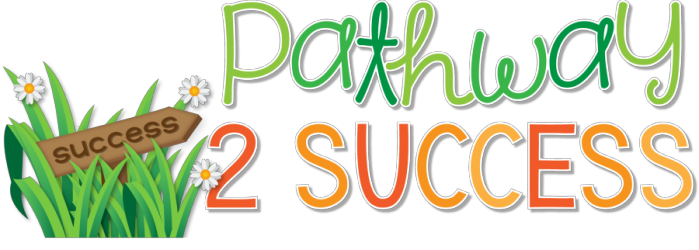Supporting kids and teens with challenging behaviors in the classroom. Teachers and parents can use this guide to come up with strategies and techniques to help when kids don’t follow directions or act out in challenging ways. It also includes a link to a free cheat sheet!
Search Results for: social skills
SEL Curriculum
The Pathway 2 Success SEL Curriculum is a complete social emotional learning curriculum to teach critical SEL skills for the entire year. It is filled with over 180 lessons and activities targeting social awareness, confidence, SMART goals, social skills, study skills, managing emotions, understanding relationships, decision-making skills, and much more. What is Social Emotional Learning? […]
12 Games to Practice Self-Control
12 interactive and fun games to teach self-control and build self-regulation skills for kids and teens. Strong skills for self-control are the foundation for success in and outside of the classroom.
Strategies for Kids with Oppositional Behaviors
Working with kids and young adults who are oppositional can be challenging. Being oppositional might mean refusing to do work, breaking rules, and engaging in other challenging behaviors. The truth is, many kids can be oppositional from time to time, so many of these strategies work with all learners. With that said, these strategies are […]
20+ Strategies for Teaching Empathy
Teaching empathy is important. In the simplest of terms, empathy is the ability to notice, understand, and share the emotions of others. It is a critical social skill for all people to have. In many ways, empathy is the social skill that paves the way for all other social skills. It helps us to take […]
25+ Strategies for Kids with ADHD
Kids and young adults with ADHD can be extremely bright, creative, and helpful. These are often the learners coming up with new invention ideas, filling up a journal with intricate comic book drawings, and eager to answer all of your questions in class. With that said, learners with ADHD can struggle in the classroom setting. […]
5 Daily Struggles for Kids with Executive Functioning Challenges
A number of kids struggle with executive functioning skills on a daily basis. Sometimes these struggles are obvious, like having a messy binder or forgetting to turn homework in, but other times they are more hidden. This is a critical topic because all educators have these kids in our classrooms every single day. Here are […]
12 Things Special Educators Need
Being a special educator is an amazing title that comes with lots of prep work and responsibility! There are just some resources that a special educator really needs to have in their classroom to help keep them organized, data-driven, and their students on track. Whether you are prepping your classroom for the back to school […]
My Top Three Holiday Resources & Giveaway!
Teachers Pay Teachers is having a Cyber Sale on Monday and Tuesday! That means teachers can save up to 28% off of great resources with the code CYBER2016. To celebrate the sale, I am giving away a $10 TpT Gift Card! Use the form below to enter to win your gift card. With the upcoming […]
My Top Three Resources
Teachers are starting to think about back to school time. Even though it’s probably far away for you (and you still have plenty of time to relax, travel, go shopping, visit the beach, or enjoy whatever it is you do), it’s also the perfect time to start thinking about what resources and materials you’d like […]
- « Previous Page
- 1
- …
- 6
- 7
- 8
- 9
- 10
- …
- 16
- Next Page »













